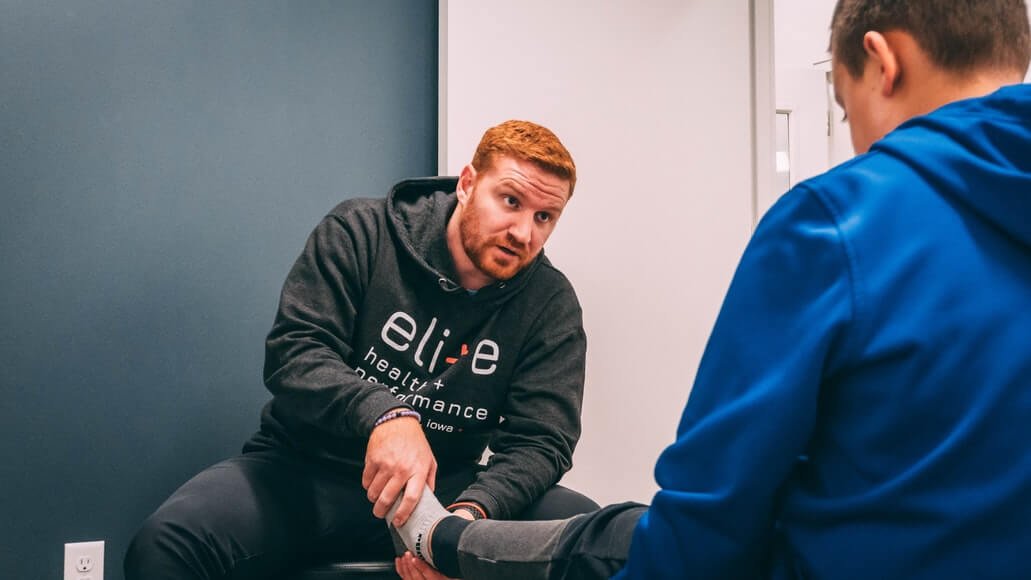When you’re in pain, performing daily activities can be difficult and challenging. Not only can it affect your mobility, but it can also affect your ability to focus and concentrate on your tasks. This can be frustrating and stressful, especially when it holds you back from your professional and social lives.
Chronic pain and its source can be managed through exercise and physical programs carefully designed by experts. Your physical therapist will try to locate areas of weakness or stiffness within your body, which could be the culprit in causing you pain or discomfort, and prescribe movements that can best help address the problem.
With physical therapy, you can slowly regain mobility. It can also help you manage pain and discomfort efficiently, making it easier for you to ease back into your normal routine.
Here are some physical therapy options you can try to help manage your pain.
- Exercise
One cannot emphasize enough how important exercises are. Doing workouts does not only help you lose weight or tone your body, because when you exercise, you also get to train your bones and muscles, strengthening them in the process.
If you’re in pain, you can choose low-impact aerobics training exercises like fast walking or using a stationary bike. These simple exercises can elevate your heart rate and still be light enough not to push your body too hard.
As you start improving and feeling better, you can opt for a more intense strengthening workout. For instance, you can use your body weight. You can do cycles of squats, pushups, and lunges. You can introduce stretching such as neck rotations, leg and hip stretches, and toe touches into your routine too. By doing this, you can target areas where you are experiencing pain, training them to be stronger and more flexible.
There are a variety of exercises out there that you can try to help ease your pain and improve your physicality. But it is important to note that before you engage in any exercise, consider getting a medical opinion first. Consulting professionals is still the best remedy. When planning the ideal treatment suited for your needs, you can reach out and coordinate with the best physiotherapy.
- Cupping Therapy
Cupping therapy is considered as a type of alternative medicine. It involves applying heated glass cups to the skin to create suction. It is believed to be a good method in stimulating the flow of energy and reducing inflammation. Cupping therapy can also increase the circulation of blood to the area where the heated glass cups are placed. This, in turn, may relieve muscle tension, improve the overall blood flow in your body, and promote cell repair.
- Graston Technique
One of the options you can explore is the Graston Technique. It is a form of massage that is categorized under manual therapy. The therapist, in this case, uses a specially designed steel instrument to press over muscle knots in your body, which could be a result of tissue fibrosis or inflammation.
The goal of this technique is to lessen the patient’s pain and restore mobility and function, by manually breaking down scar tissues caused by strained muscles or pulled ligaments. With this technique, a patient’s need for anti-inflammatory medication can be reduced. It may even help resolve existing chronic conditions.
- Heat and Ice
Thermotherapy and Cryotherapy, or commonly known as hot and cold therapies, are widely used when caring for injuries and managing muscle pains.
Ice is said to work best for acute injuries, acute pain, or new injuries. It can help reduce inflammation and numb pain. Also, it is believed that using ice for more than 20 minutes could cause joints in the affected area to feel tighter and stiffer.
Heat, on the other hand, can be used to relax stiff muscles and joints which could be the effect of back and neck pain. Heat is believed to make the conditions worse if used in swollen and inflamed areas.
Hot and cold therapies may offer a therapeutic remedy to your pain and injury, but it is important to remember to use them properly, to avoid further harm to your body.
- Dry Needling
Dry Needling is a treatment known to address muscle tensions and spasms. It is a technique that involves the use of thin needles being inserted into the muscle tissue. This is done to deactivate and desensitize trigger points in muscles or knots that can cause pain, decrease flexibility, and decrease muscle function.
The description of this process may seem painful; however, it depends on the condition of the muscle at the time the needles are inserted. The patient can feel pain if the muscle is sensitive or has active trigger points within it. The procedure is thus believed to release tightness in the muscles and in turn, may relieve pain and may improve the patient’s function and movement.
Conclusion
Chronic pain can limit you not just physically, but mentally and emotionally too. Being in pain can have effects on your general well-being. But you don’t have to learn to live with it anymore. You don’t have to keep on depending on anti-inflammatory medications as well, just to get some relief.
Physical therapy is one of the safest and effective ways to relieve pain. Not only can it train your muscles and bones to be more flexible and stronger, but it can also introduce a lifestyle you can adopt to help you take care of your bodies. Try these physical therapy options to help manage any pain and discomfort you may have.

